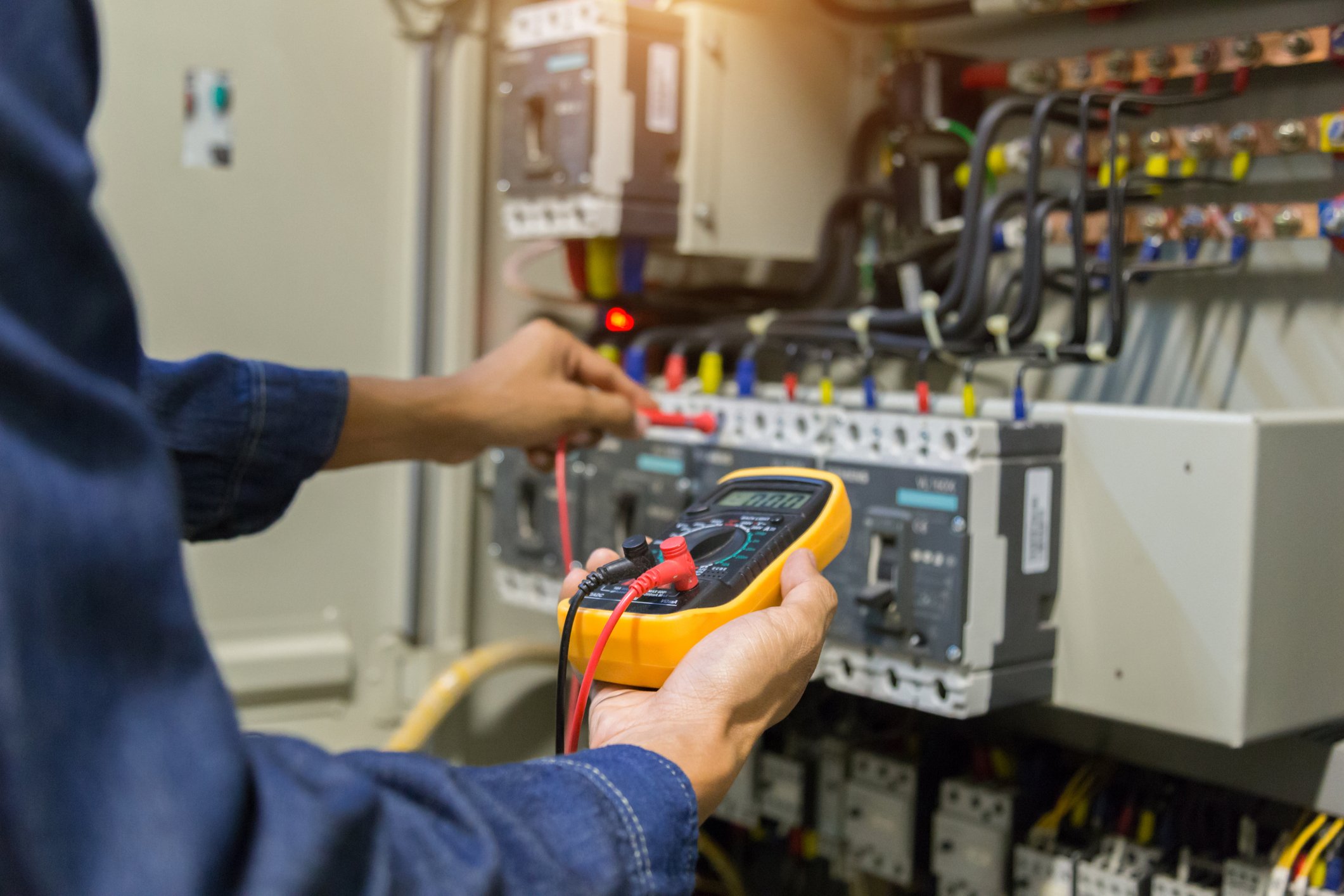Electricians in Portland need to pay attention to Oregon’s Electrical Specialty Code, which will implement regulations based on the National Electric Code (NEC) throughout 2020. Even electricians who are familiar with prior NECs need to take the time to read the newest regulations, as Oregon is known for adding state-specific amendments to prior NECs.

The best way to prepare for the coming year is to understand the changes that have been made to create the NEC's 2020 version. Not only is this information relevant for electricians on-the-job, but it is also essential to know Portland's most up-to-date electrical codes for anyone looking to renew their NFPA certification. Below are eight changes to the 2020 NEC that are likely to be adopted by Oregon’s Building Code Division (BCD).
1. Tamper-Resistant Receptacles
Several of the items in this section have been modified, and a new item was added. Modifications were made to the following existing list items: dwelling units, guest rooms, preschools, and dormitory units. The added list item is "assisted living facilities."
2. Conductors
In Sec. (B)(1), the 2020 NEC now contains additional details to make sure that any connections, extensions, or taps made from parallel conductors will involve all of the parallel conductors of each neutral phase.
3. Emergency Disconnects
The 2020 NEC requires all one-family and two-family dwelling units to have an installed emergency disconnect located in an exterior location that is readily accessible to emergency personnel.
4. Surge Protection
In the 2020 version of the NEC, a new section related to surge protection has been added to the code. This section requires the installation of a surge-protective device for all dwelling unit services. Prior to this change, installing such a device was considered optional.
5. GFCI Protection
Each time the NEC is revised, changes are made to the regulations focusing on ground-fault circuit-interrupter (GFCI) protection, and 2020 was no different. The 2020 code increased the emphasis on the installation of GFCI protection, requiring electricians to install these devices in more locations. Specific changes also included clarifications of existing rules, as well as expansions of existing rules.
6. Conductor Termination and Splicing
The torquing of connections was first addressed in the 2017 edition of the NEC. In the 2020 revision, the rule has been altered to require electricians to achieve the recommended torque value using an approved means, as opposed to a calibrated torque tool.
7. Identification of Disconnecting Means
The previous version of the NEC already required all electrical circuits to have a clearly identified means of turning off the power. However, in the 2020 revision, this rule was expanded to ensure that electricians include the source of the circuit supplying the disconnecting means in their identifications.
To learn about any other changes to the code, either read the NEC 2020 and look for differences or take part in a continuing education program. To renew your license, you can obtain continuing education credits or spend $80 to take a test and prove you understand all the changes.
To learn more about Portland-based continuing education classes for electricians, check out Portland Community College’s continuing education section.

